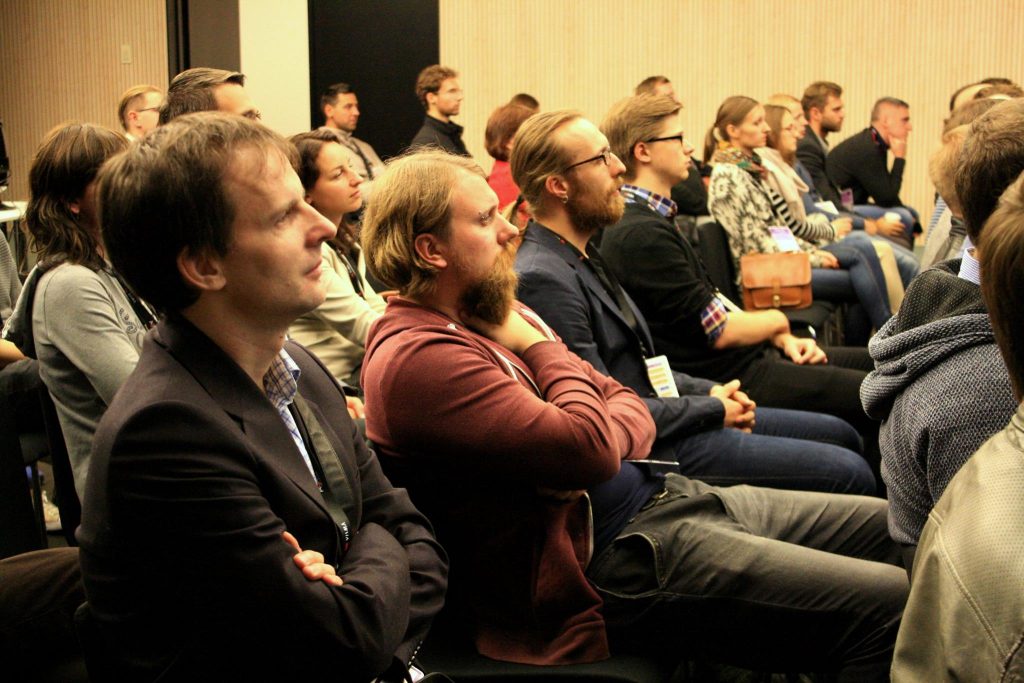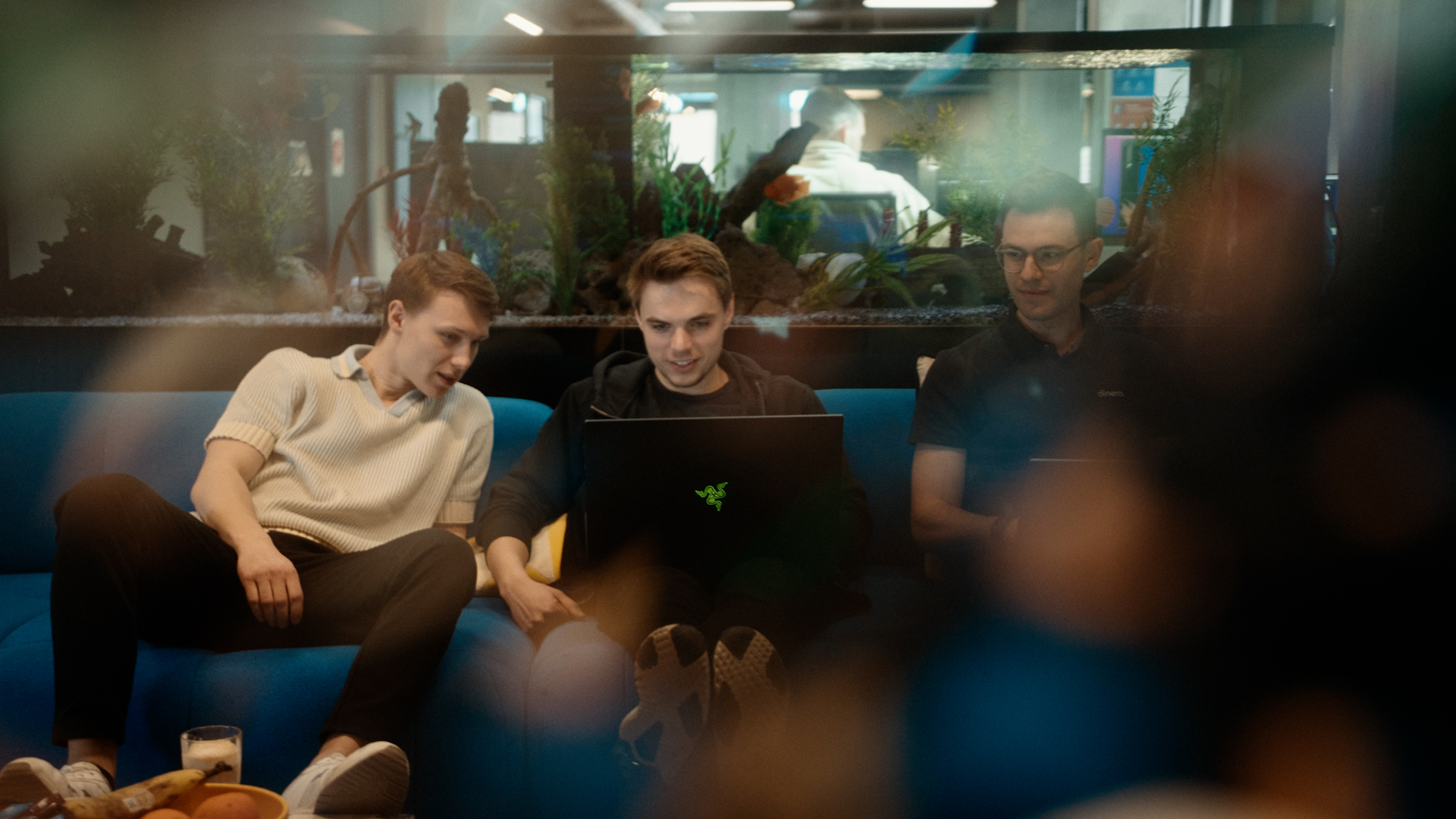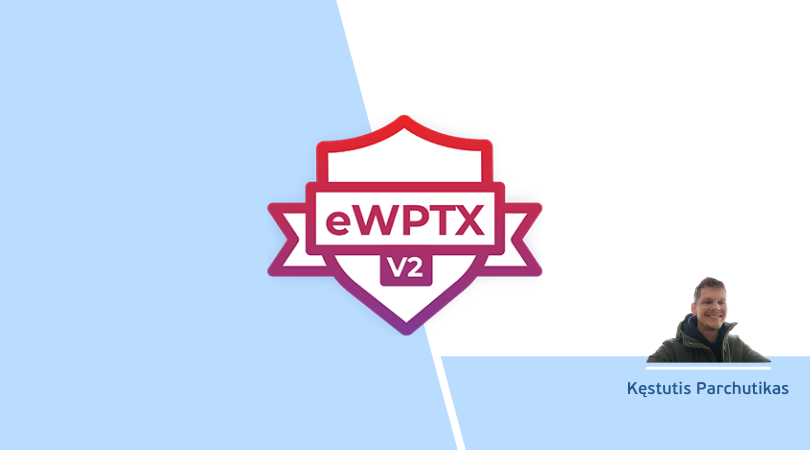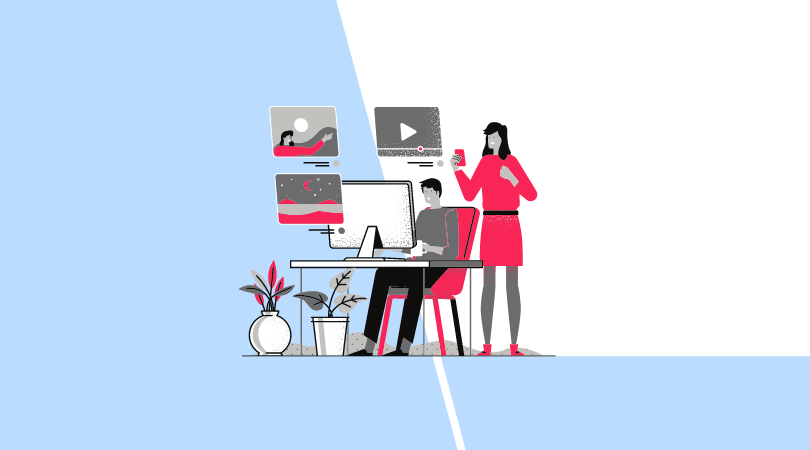While Kaunas is getting ready for annual Agile Tour Kaunas conference, we’re looking back on Agile Tour Vilnius event. It’s the fifth time for Visma employees to be a part of Agile Tour Vilnius agenda, so it already became a tradition. We were so happy attendees got a chance to meet our colleague Kjartan Nielsen Friis, who provided some useful tips on building great products during his speech. Time of the speech is very limited and we couldn’t help but ask for more answers. So we organized a short interview, which hopefully will answer even more questions.
Building the right thing: looking back at the problems
Agnius: First of all thank you for great talk in Agile Tour Vilnius 2016. It was both entertaining and useful. Secondly, I’m very interested on the topic and would like to know more. So the first question to you.
You spoke about how to build the right thing and why it is important. According to you the main issues are
- Lack of focus on end-user’s needs
- Not having a future concept.
Do you think those two issues are related?
Kjartan: Yes, I believe they are very related, because I don’t think you can have a good opinion about the future, a good concept, if you don’t understand the problems that you’re going to solve for the future. You can be lucky and have some technological insight and make a good concept based on that. But the concept is more validated and has a greater probability of success if it is based on technology insight combined with overall macro-trends and user insights. And I think the more of those you got covered, the better probability that your concept will succeed.
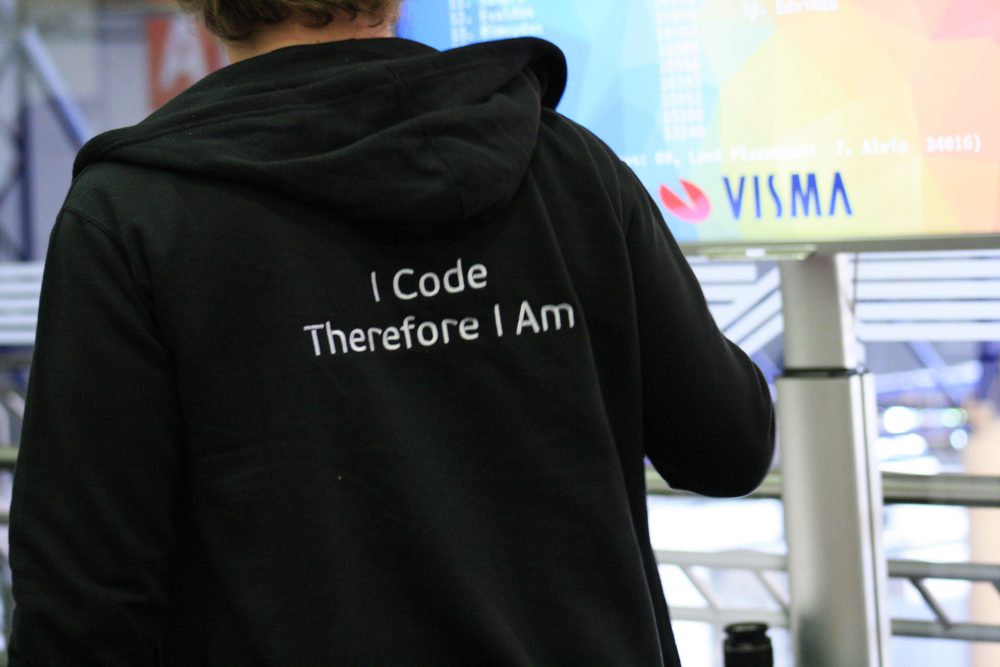
Why end-users matter
Agnius: Kjartan, iIs it hard to demonstrate the value of focus on end-user to stakeholders? As this approach is rather time-consuming.
Kjartan: In my experience, when I’ve had similar talks with stakeholders – typically, product management or sales people – they are as interested in this as we are in R&D. The problem, as you mentioned, is time. Product people somehow have to find the time to do this, and basically what they’re doing is cutting corners when end-user insights are not taken into consideration. In that case some things just get skipped.
So, I don’t think stakeholders are less interested than R&D is. Just try to find the format and have the culture of continuously asking the question “What problem are we solving?”.
Agnius: What about those companies and those stakeholders who are rather far away from the end-users?
Kjartan: Talking to the end-users is the best argument in those kind of cases. Potential users will give you feedback and if you’re lucky – you will figure out that you don’t have to do all the things that you thought you had to. So, in many cases you end up simplifying the solution, meaning less work and lower costs.
What does the concept has to do with it
Agnius: That is a very good point – very good selling point, actually.
Now, let’s discuss a situation: suppose some startup is building a cloud product which has 10 happy customers – does it mean the team has built the right thing?
Kjartan: Not necessarily. The definition of “the right thing” lies in the strategy of the company and what’s the purpose of this particular company? If the purpose is to satisfy those 10 companies, well, then you have succeeded. If the strategy is to have a 1,000 happy customers, obviously, there’s still much work to do.
The concept is what company wants to deliver in the future. It has to be aligned with the company’s strategy. R&D won’t know if they have built the right thing before they you know what the strategy and the goals of the company are. However sometimes a good concept can help shape the strategy. If you come up with a really good idea of what you believe the future would be like and what your goal can be, that may alter the overall strategy of the company.
Agnius: However could we say that 10 happy customers might mean that the startup is on the right track?
Kjartan: Obviously, it’s a good sign if you have 10 happy customers. However, what I would challenge then is to try to go into the dialogue with these customers and figure out what is it that they’re happy with. It’s crucial to understand what is it that you’re delivering that’s creating value. And that might lead to some new insight – it might not be what we believe it is.
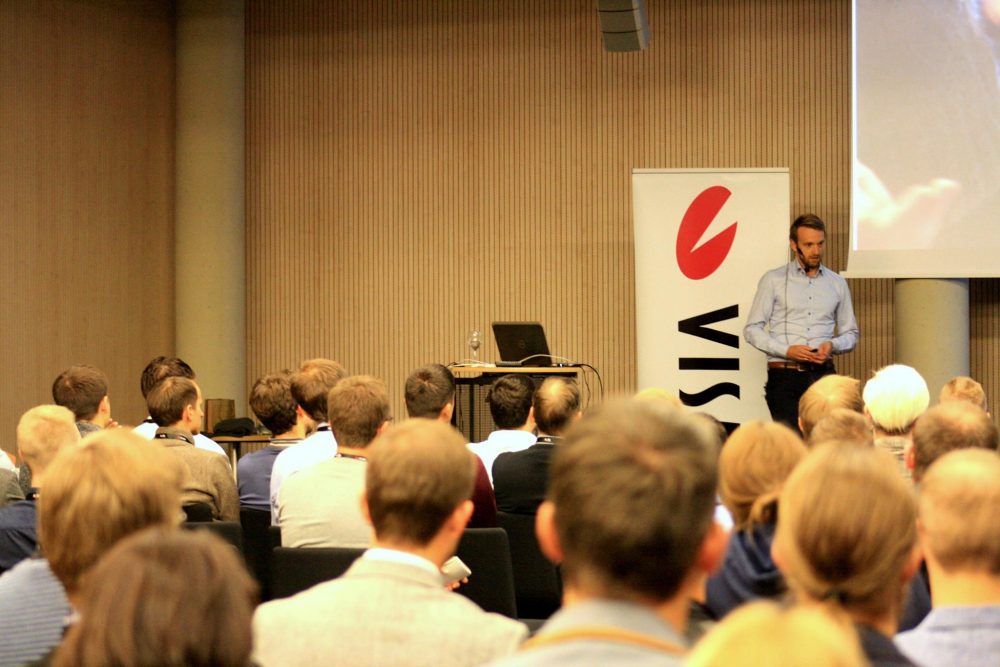
Why UX people are crucial
Agnius: Okay, in your presentation you touched UX practices, UX methodology, on top of that you were a UX department manager, and you know UX people. So, what good UX experts have in common?
Kjartan: First of all, they have an empathy for the users. Meaning that most professions tend to have an insight viewing the world from an R&D department or from a sales department, from a support department etc. Great UXers are able to take an outsider’s view, take the end-user’s view and take their side if needed. And that, I would say, is the most important fact of a UX person.
Secondly, a good UX expert has to have the capability to communicate well with stakeholder, product managers, developers, testers and all sorts of other people. If you have great people at the UX craft, unable to convey their ideas or convince others this might lead to some issues and you might fail in that case.
Lastly, you have to be good at your craft, obviously. Great UXers have to be able to convert end-user insight into a great design or a great solution, to make sure that’s exactly what comes out of the other end. In many cases that’s about being able to simplify the solution.
Agnius: UX experts are crucial, because they are like the bridge between stakeholders, end-users and development, is that correct?
Kjartan: In many cases, yes. At Visma we tend to include UX designers from the very beginning of something until the release.
However, UX specialists tend to have a biased thinking “As long as it’s designed well, it’s going to work”. They might not consider things like technical depth or the cost of implementing something. Therefore, it’s important for UX people to take insights of other people’s profession into consideration. But UX people are crucial part of the product team. It’s not the only success factor – not like any other role. I think as multidisciplinary team, it’s better to have a UX designer than not to have one. Someone to provide the outside view and to be the end-user defender.
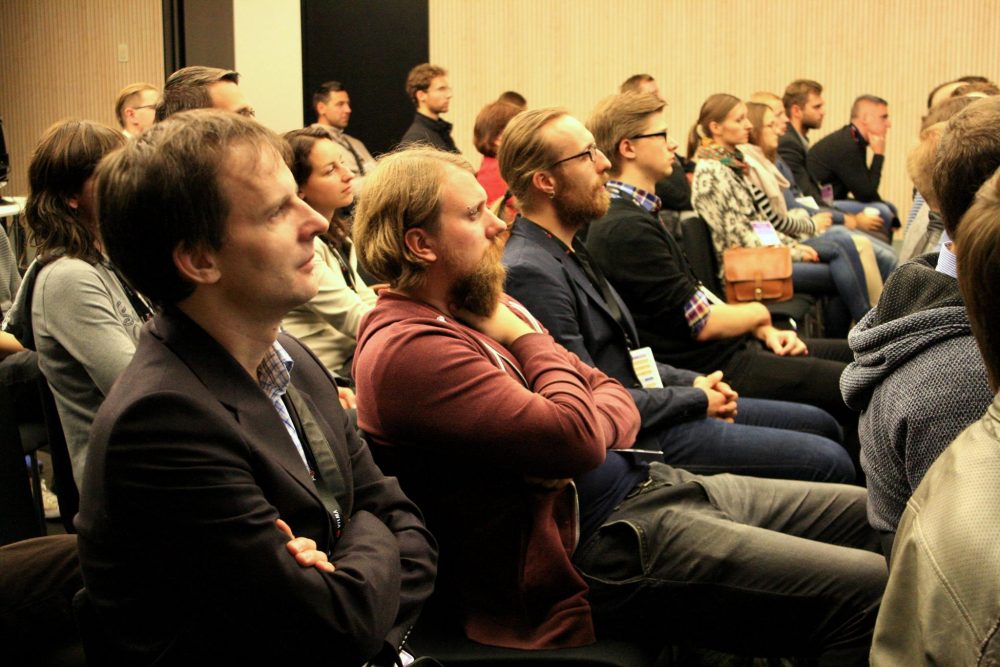
Why even great products can fail
Agnius: And the last question – can one build the right thing and still fail?
Kjartan: Yes. I’m absolutely sure you can. I do not believe that a great product simply sells itself. You have to have good marketing, you have to have good support, you have to have good sales people. However, what I do believe – and that’s why we’re doing this in Visma right now – we’re starting to focus on what we call “service design” or “customer journey”, where we not only try to design the right thing, but we try to design all the touch points where customers meet us. Starting from awareness to consideration stage and so on. We think through our buying, onboarding and support and even offboarding processes. That involves designing sales processes and support and all of that, and maybe digitizing a lot of those things, and automating it – at least in a cloud setting.
So, engineering itself, is only one ingredient of success recipe. You will go a long way with great development processes and techniques, but other departments are necessary to make sure the company, the product is successful.
Agnius: Kjartan, thank you for great and informative interview and great talk! Hope we’ll meet in other conferences.
Kjartan: Thank you for inviting it has been a pleasure!

Kjartan Nielsen Friis lives in Oslo and work as a development manager in Visma. Responsible for an international department of approximately 90 people, including POs, developers, QA, UX designers, etc. We develop an international HR solution in the cloud. Kjartan previously worked with UX (user experience). MSc in industrial design engineering. Passionate about quality products build with the end user in mind.

Agnius has been in software development field already for more than 10 years. He is currently working as head of development department at Visma Lietuva. Over the years Agnius has learned that writing pragmatic code is equally important as collaborating pragmatically within the team. Therefore, he believes in alive company culture, that is created by true programmers and geeks.

